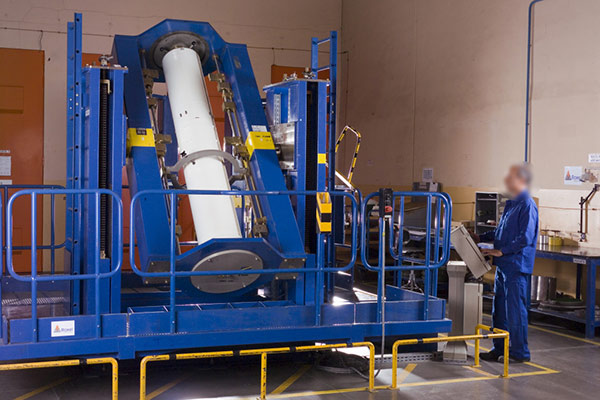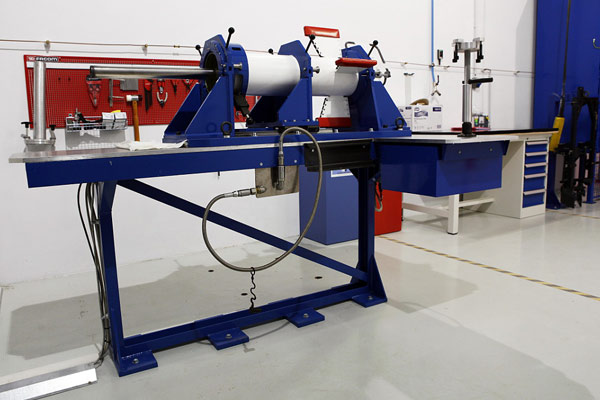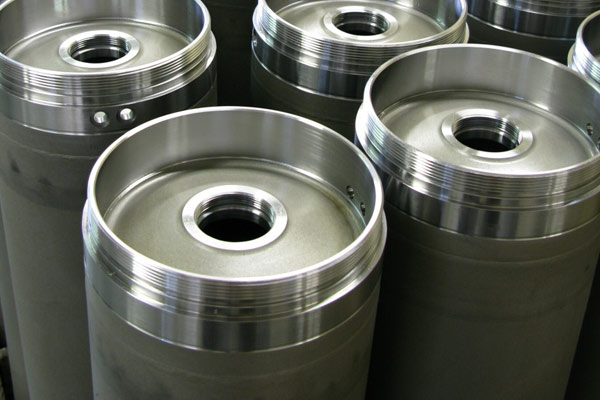Integrated propulsion systems
A rocket motor is mainly composed of:
• A motor body, which is generally part of the external structure of the rocket or missile
• A set of insulations protecting the case from thermal and/or chemical aggressions
• A propellant grain
• Blast tubes and nozzles with or without jet deflectors (flexible stop, jet deflector unit)
• An ignition device
• In some cases the rocket motor also includes other components such as an Igniter Safety Device (ISD), external thermal insulation, hangers, etc.
Roxel offers a very wide range of propellants and motor cases plus associated materials:
• Energetic materials: propellants (EDB, CDB, composite, nitramite)
• Manufacturing technologies for rocket motor structures
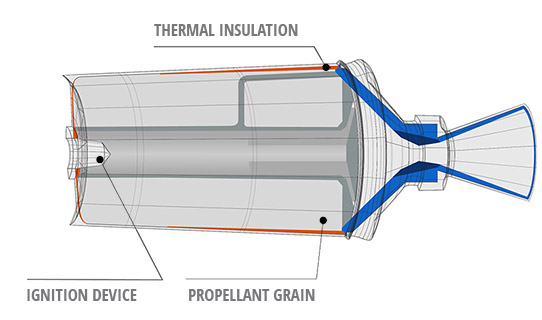
Energetic materials
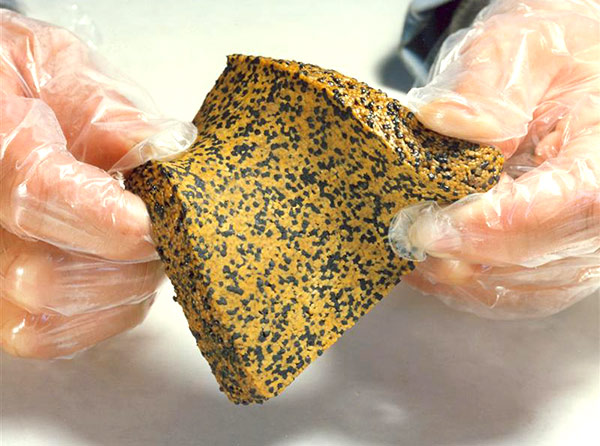
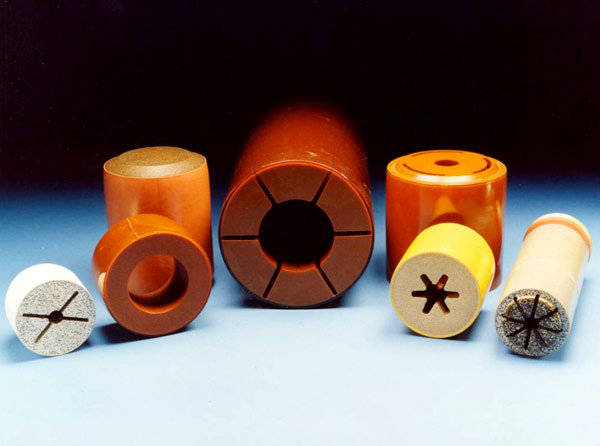
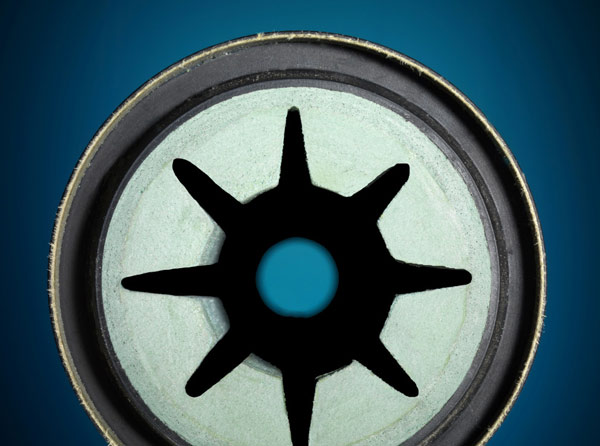
Roxel designs, develops and manufactures a full range of solid propellant-based energetic materials. A solid rocket propellant contains fuel, oxidizer and additives to control its ballistic and physical properties. It is cast or extruded and even machined to its final shape.
Composite propellants (mainly HTPB)
Composite propellants are mainly made of a solid oxidizer and an organic binder, metal powder and additives to control ballistic and mechanical properties.
• Cast composite
• Extruded-curable
Double-base propellants
Double-base propellants are mainly made of nitrocellulose and nitro-glycerine. Additives are included to control ballistic and mechanical properties and to ensure chemical stability.
• Cast Double Base (CDB)
• Cross-Linked Double Base (XLDB)
• Elastomer-Modified CDB (EMCDB)
• Extruded Double Base (EDB)
Advanced energetic propellants
Propellants based on new molecules.
Roxel has the capacity to manufacture all dimensions (mass and diameter) of solid rocket propellants for tactical propulsion systems.
Inert materials
Roxel, designs, develops and manufactures a wide range of inert materials. They are used to protect the structures and to inhibit the propellant grain where needed.
These materials must possess:
• Resistance to thermal shock and high temperatures
• Ability to reduce thermal transfers to the case (low thermal conductivity)
• Resistance to mechanical shock linked to initiation
• Resistance to chemical and mechanical erosion linked to combustion gases
• Chemical compatibility with propellant grain and propellant gas
• Lowest possible density
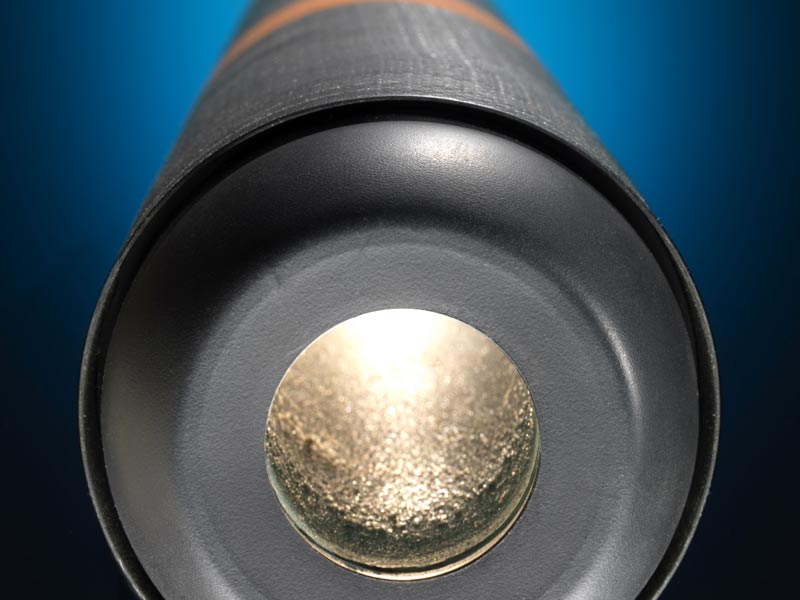
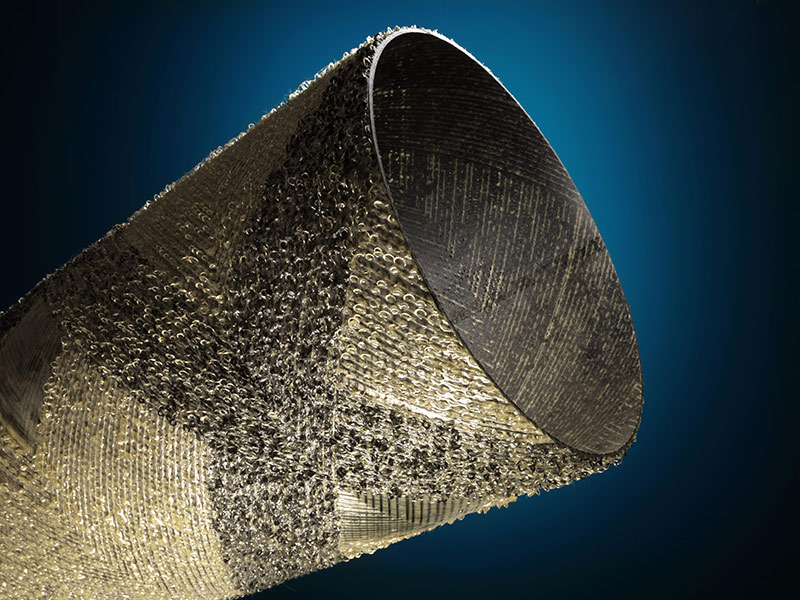
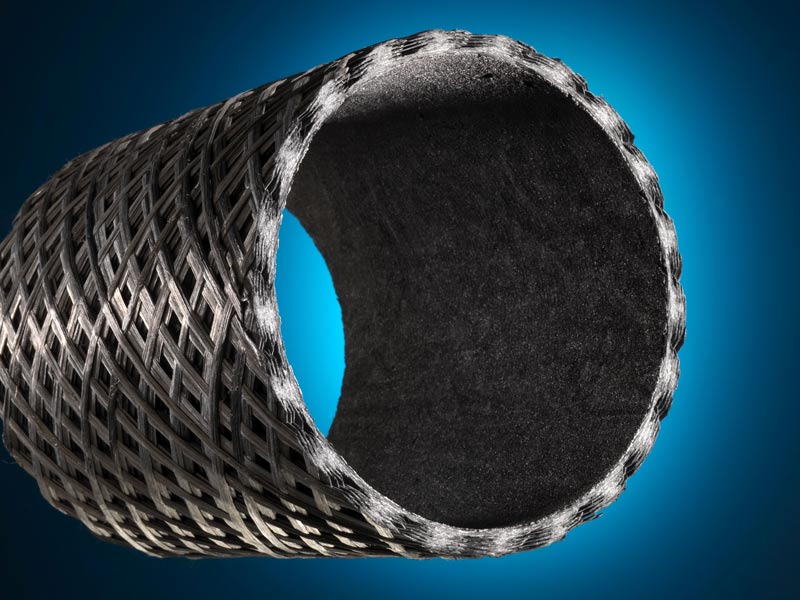
Inert materials can be classified under the following component families:
• Elastomeric materials, such as silicones and rubbers (applications: thermal insulators, ablative protections for short duration systems, flexible thrust nozzles, inhibitors, glues, etc.)
• Rigid materials using phenolic resins, etc. (applications: thermal insulation applied for combustion chamber reinforcement, pipes, heads, ramjet nozzles and cases, intumescent paints, etc.)
• Ceramic and composite materials (applications: TVC (thrust vector control) components such as nozzles, valves, jet vanes, etc.)
• Refractory materials, such as molybdenum (applications: nozzles, jet tabs, etc.)
Structures
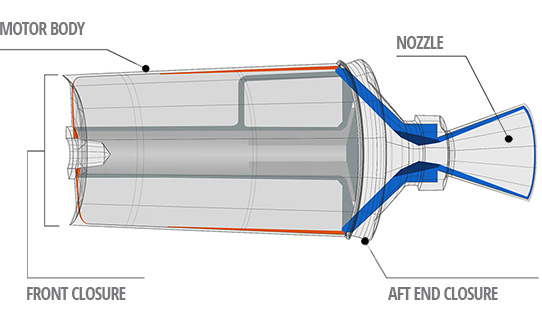
Roxel, through its versatile panel of in-house casing production technologies, can design and propose the best compromise (cost, performance, IM properties) to fulfil the customer’s requirements.
Metallic structures
Metal cases offer high stiffness and maintain strength even at high temperature.
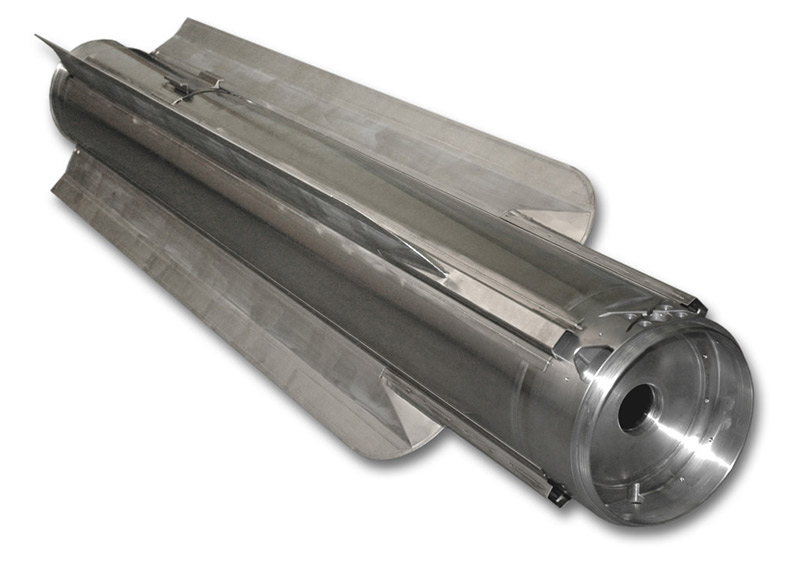
• Flow-formed structures are made from a metal tube formed over a mandrel. A very high-pressure roller is used to shear the metal, forcing it against the mandrel, at the desired shape and thickness. During this process, the structure is cold worked, offering a hardened metal casing.
• Steel
• Aluminium
Composite structures
Composite structures offer reduced mass and enable a wide range of configurations. They are highly attractive for satisfying fire and bullet impact IM requirements.
• Kevlar
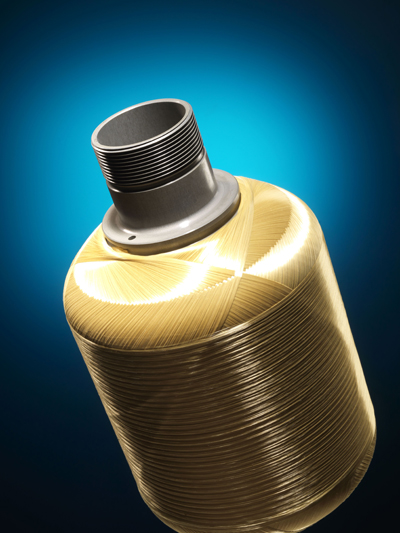
• Steel strip laminate (SSL)
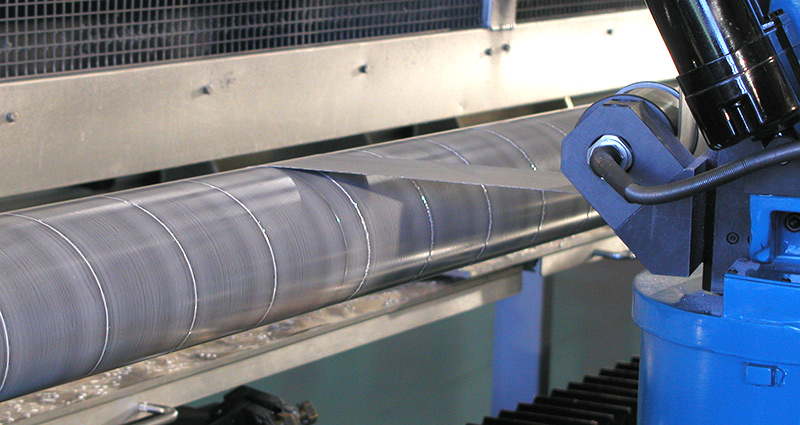
Hybrid structures
Hybrid cases are composite cases that incorporate fibres, resins and a metallic structure. They are a compromise between the monolithic metallic case and the composite case.
• Kevlar overwound aluminium (KOA)
KOA cases offer high resistance to pressure in service, low mass and improved IM signature. Such cases have been used in several rocket motors in service today.
Motor assembly
